PROS:
- Exceptional power capacity
- Easy to set up
- Versatile power outputs, including support for RVs and electric vehicle charging
- Convenient suitcase design
CONS:
- It’s expensive; especially when upgrading it to its max potential
- Hooking it to your house’s main power requires professional help
- Heavy
Almost three years ago, a winter storm blew through my town, knocking out power lines and rendering roads impossible to navigate. As a result, my family and I spent a full week (well, five days) rummaging around for crackers and water, lighting candles, and wrapping ourselves in blankets for simple warmth through the duration of the total blackout. Despite keeping a decent fire going in our backyard for a couple of days, it was impossible to stay focused on anything, and working in those conditions wasn’t viable. Enduring those freezing temperatures would’ve been far more convenient with a backup power source, and I wish I’d had Anker’s newest portable power station: the Anker SOLIX F3800, which — despite being the very first of its kind I’ve ever owned — is clearly a revolutionary next step in the growing landscape of backup power solutions. It features a maximum 6000W AC output, 120V/240V dual-voltage (meaning it can do what a gas generator does, power several appliances at the same time, and even power a house!). It even supports AC coupling when pairing with the Anker SOLIX Home Power Panel, and, used sparingly, its 3.8kWh (expandable up to 53.8kWh) capacity would’ve been just enough to sustain a handful of comforts through the winter freeze.
Before we get started with the nitty gritty details about the Anker SOLIX F3800, it’s worth mentioning Anker provided a functional prototype to Yanko Design for the purpose of this review. It includes all the features of the official launch product, but its appearance and craftsmanship does not reflect the final build quality, which is supposed to be much better than the prototype shown in this review.
Designer: Anker
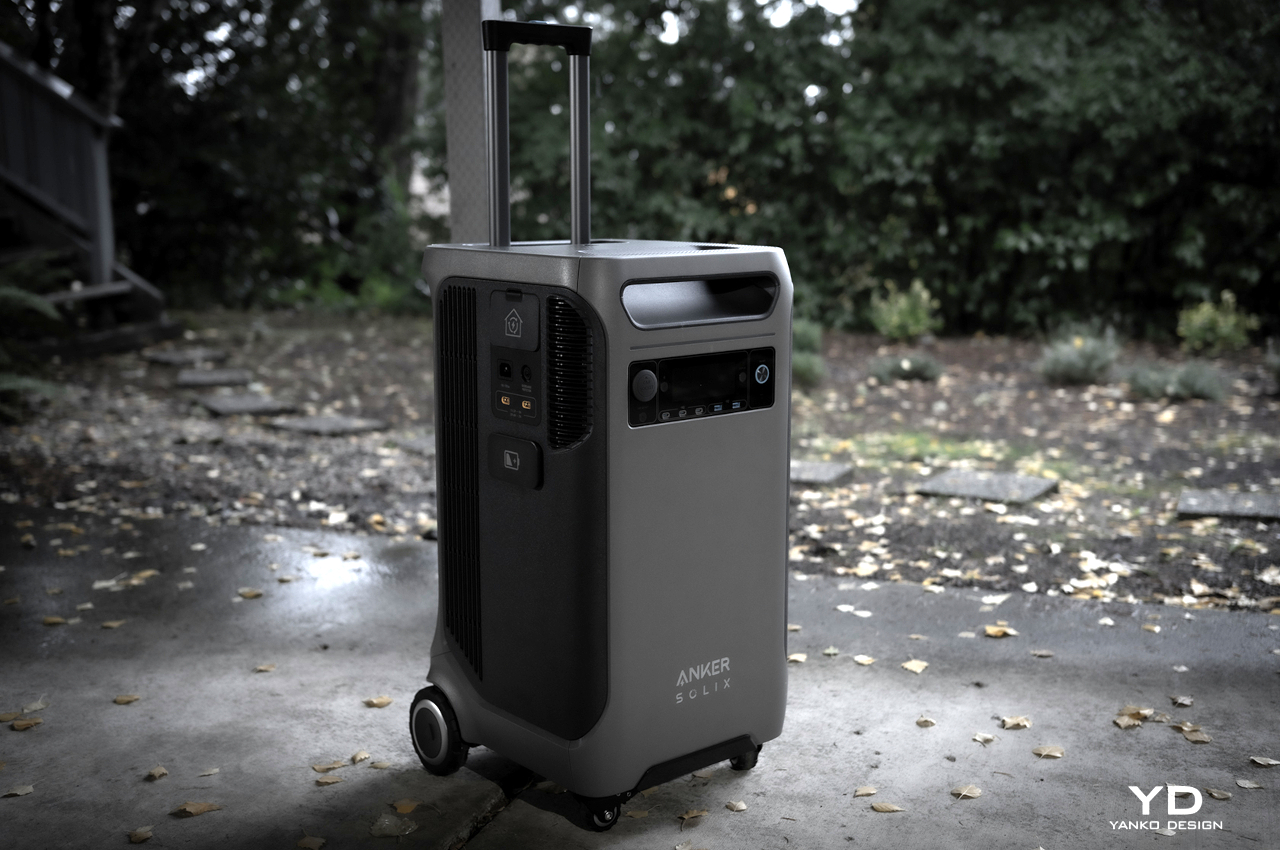
Aesthetics
For a modular power station designed to provide backup power storage for homes and RVs, make solar power more accessible for all, and potentially replace gas generators — the Anker SOLIX F3800 is relatively compact. It’s also quieter than any regular gas generator, and since it doesn’t emit any smoke, you can safely run it indoors. Because of a sizable but effective fan system, you’re going to hear a little noise, around 45dB if you’re standing within a meter, but it’s no louder than a PlayStation 4 running on full blast. YMMV, but I imagine it’ll be a better fit for regular outdoor use during non-emergency situations — particularly, once summer rolls back around and I can use it to power indoor gadgets like musical instruments and gaming consoles underneath the patio rather than inside the house.
The F3800’s subdued aesthetic style — it being a big gray rectangular box on wheels with an LCD display, a pull-out handle, and visible outlets on the front and both sides — allows it to blend in naturally with other electrical equipment, but it may get in the way of any aesthetic style not complementary to dark gray. I wouldn’t stick it in a kitchen, though it’s an attractive addition to a garage, and you might get away with planting it in your office.
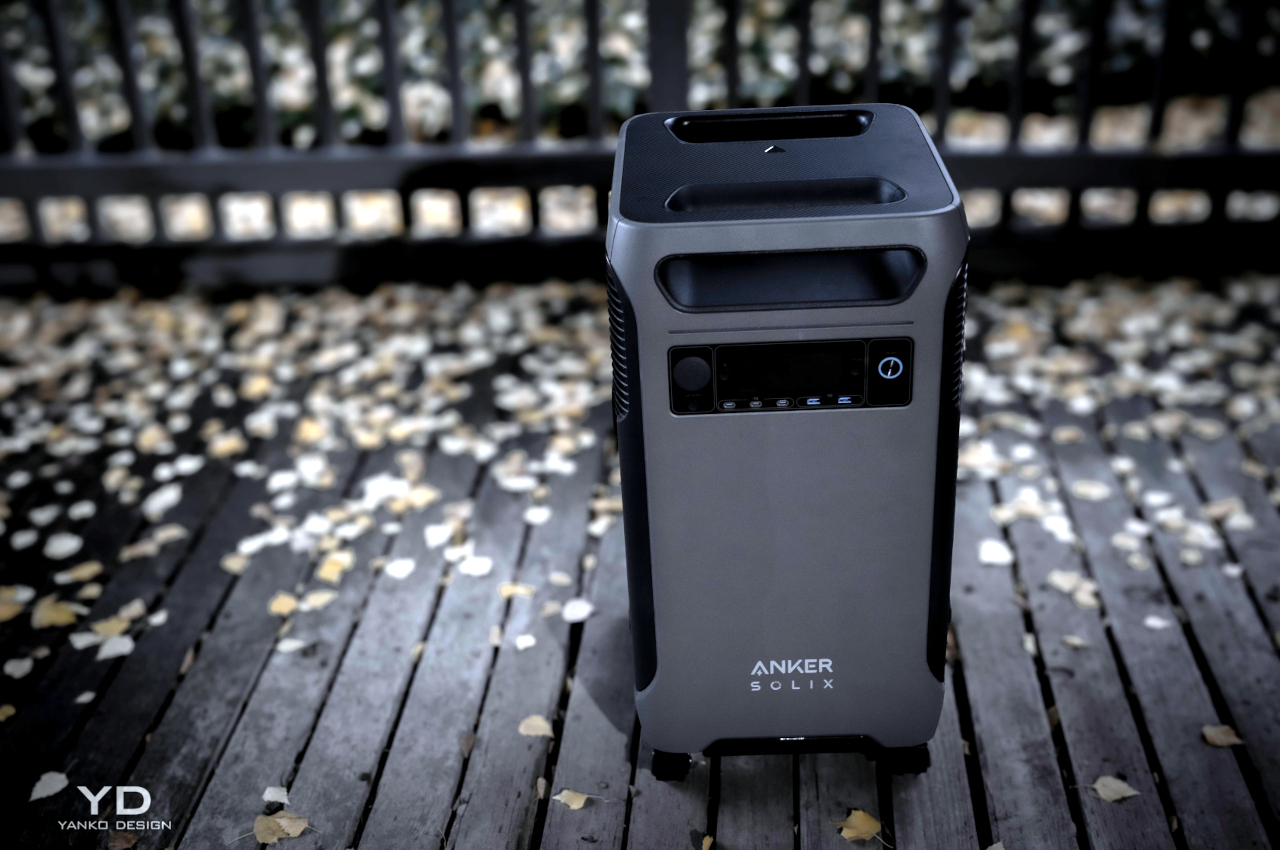
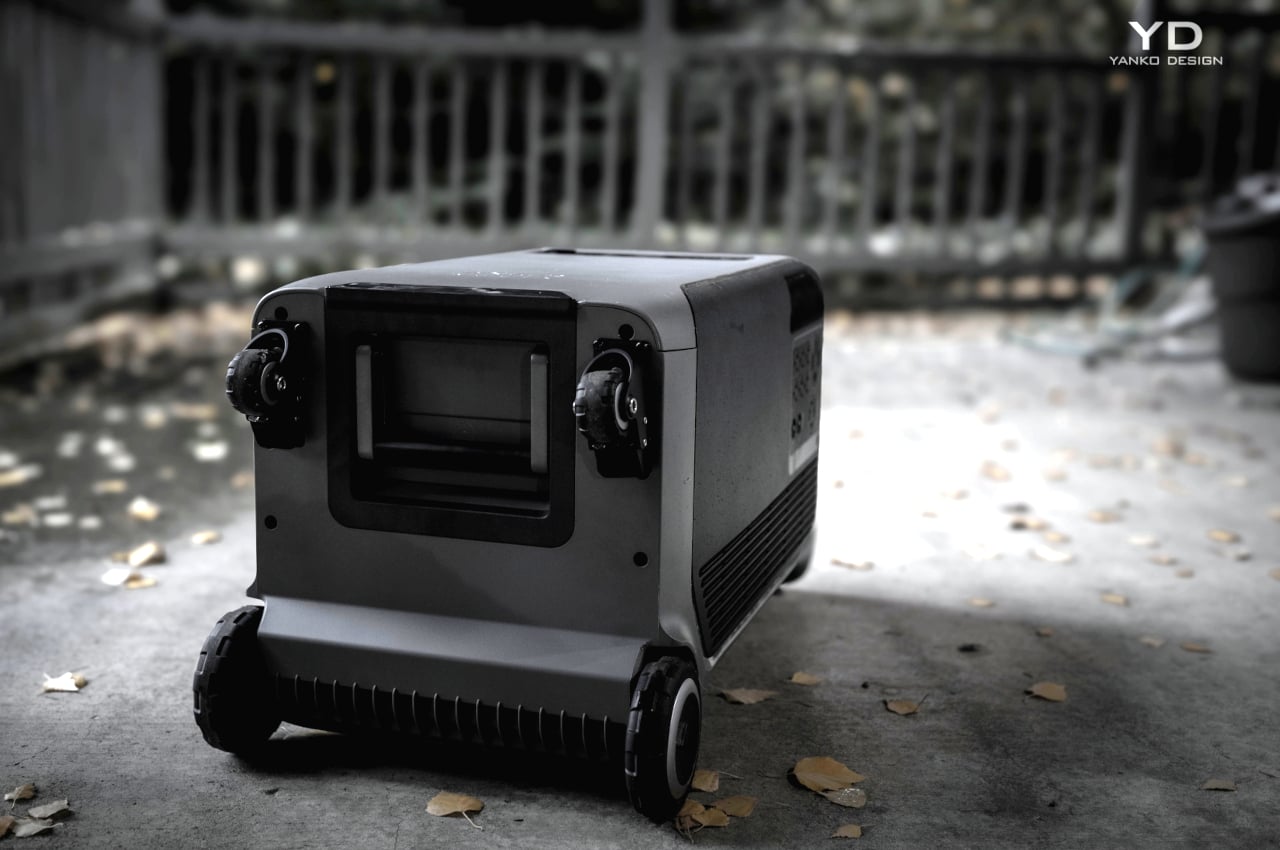
After all, it’s essentially a big suitcase full of electrical equipment. No, it’s not as compact as, say, the Anker 767 Portable Power Station. But it still gets the job done, and it doesn’t take up all that much space. Right now, my SOLIX F3800 is tucked in-between a coat rack and a couple of shelves in my office, where it’ll stay until I need to stroll it back out again, and I genuinely love how easy it is to set up.
Utilitarian design pervades the layout of the Anker SOLIX F3800, and, I mean, yeah — you’re definitely not getting a $3,999 power station to make a fashion statement — but what it lacks in artistic appeal, it more than makes up for in functional design. Its predominantly matte finish, easy-to-navigate exterior, exposed fan grills, and conveniently-placed handles and wheels make it exude a sense of durability and reliability.
Ergonomics/Comfort
I had a rough time getting the SOLIX F3800 off my porch and into an area where I could comfortably unbox it, set it upright, and wheel it around. Granted, I’ve been needing to hit the gym lately so my inability to carry it around without immediately wanting to place it back on the ground again could be a “me” issue. But, just so you know, this thing is an absolute unit. It’s rated to weigh 132 lbs, though the package mine arrived in was a bit heavier than that — around 143 lbs in total. If you’re planning to order one of these to your house from Anker’s online store, make sure you have a pallet or some sort of luggage dolly on standby, as well as a second pair of hands to help you transport/set it up.
At least there’s a solid handle built into the SOLIX F3800’s chassis, as well as a pull-out trolley handle that unfolds with the tap of a bright blue button. Once the pull-out trolley handle came out, this thing suddenly became a lot easier to maneuver around. This is because its 65 mm back wheels and additional front wheels are more than sufficient to push and pull the thing around on smooth surfaces, and it even seemed to have no trouble with some rocky terrain as well. If you wanted to carry the Anker SOLIX F3800 around like a cooler (if you have the physical strength, that is), you’d be in luck; there is an additional handle located on the bottom, allowing you to two-hand-carry it.
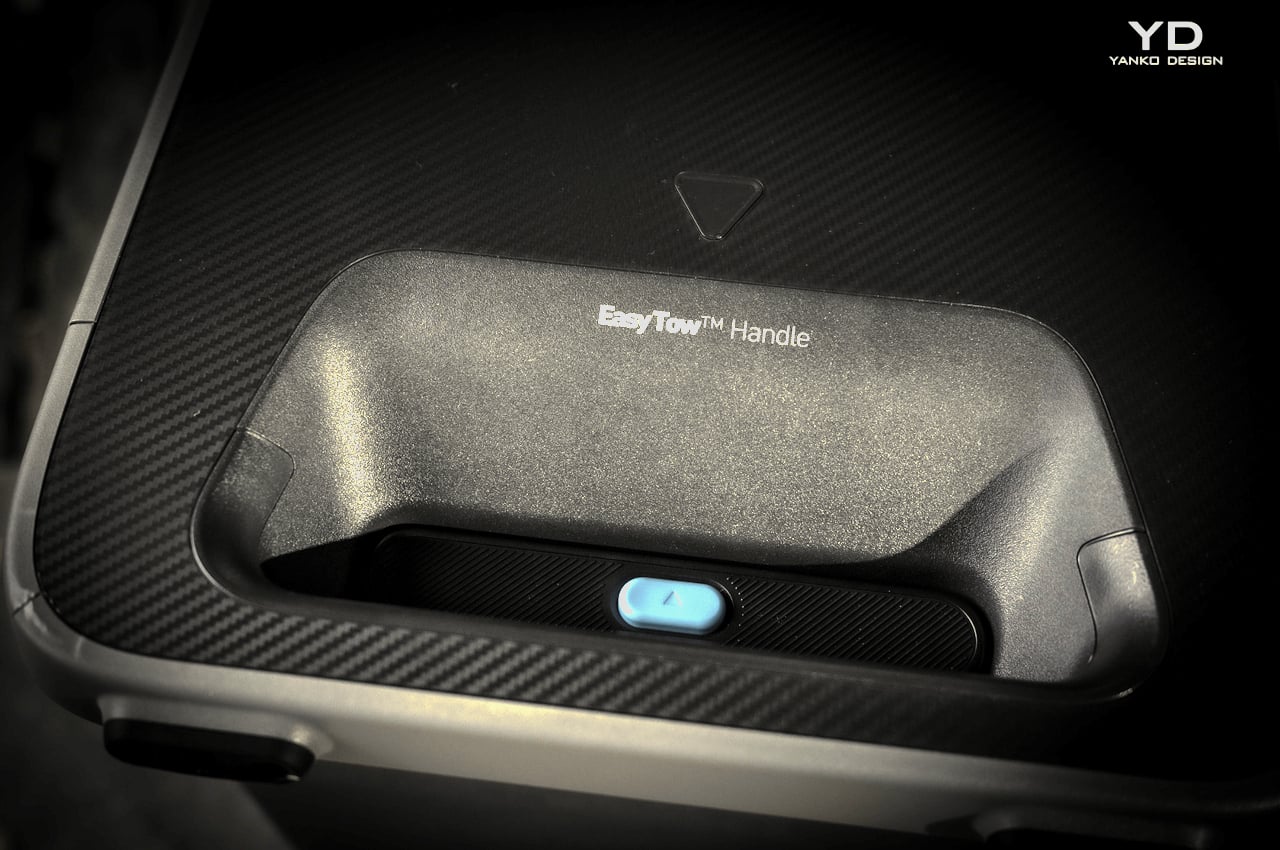
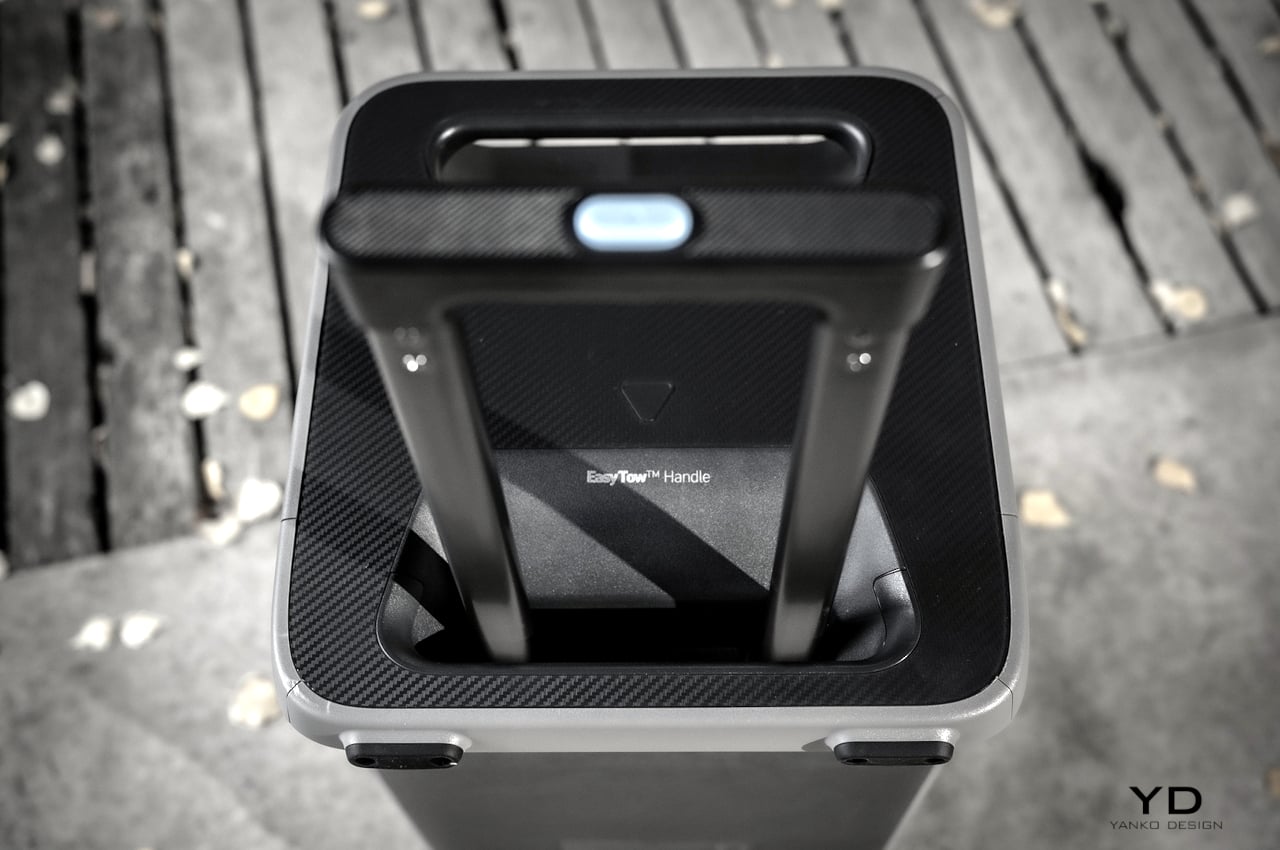
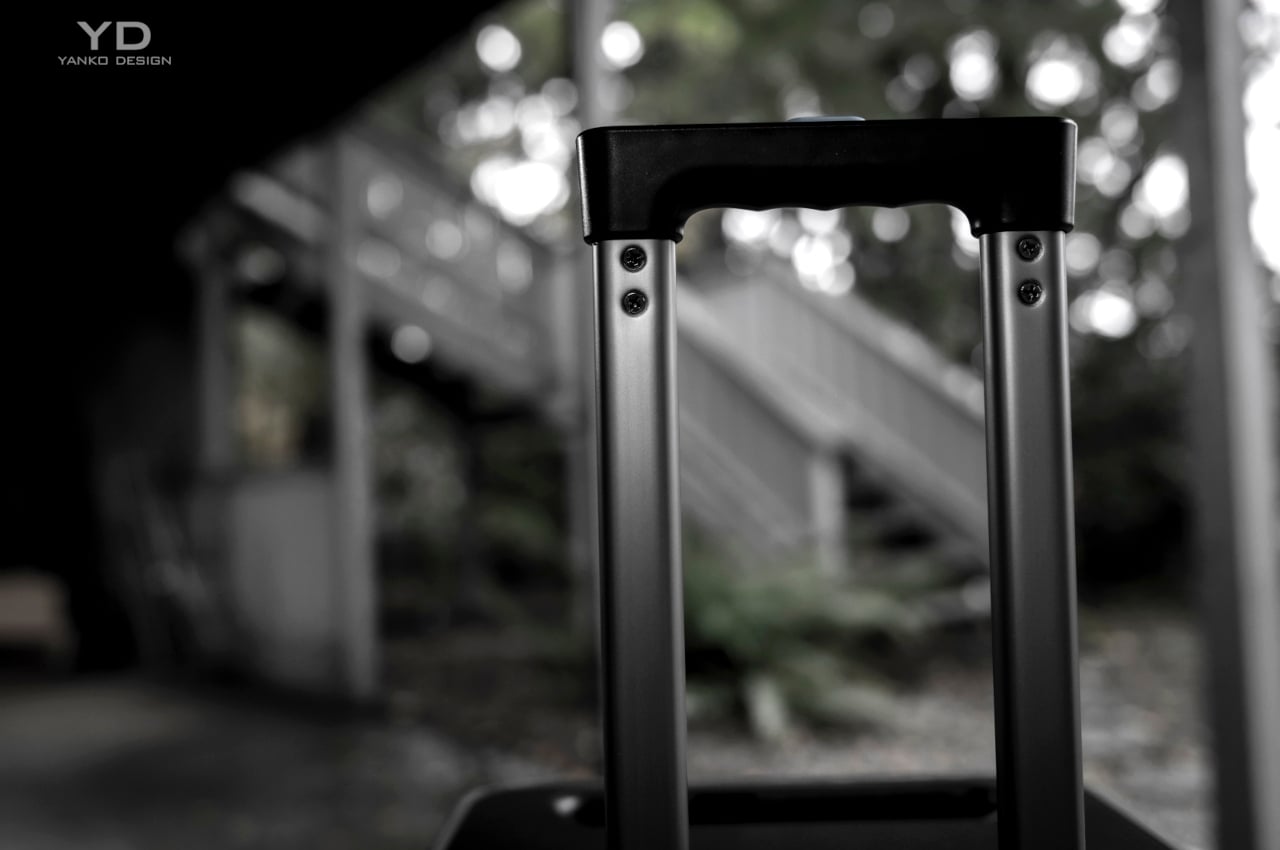
Everything important information-wise is located on the front LCD panel, though you can also connect your smartphone to the device via the Anker App. It’s a simple enough process getting it set up; all you need is an Anker account and a smartphone with Bluetooth, and you can tell the app to sync with the SOLIX F3800 as long as it’s powered on, and as long the Bluetooth mode is activated. You can do that by tapping the Bluetooth button on the front of the device itself, neatly located right next to the display. Once it’s all set up, you can watch the flow of energy coming into and going out of the SOLIX F3800 directly from the Anker App. This is a neat and convenient way to stay on top of your energy usage, especially when you need to conserve energy during a blackout.
One thing I love is how easy it is to get the Anker SOLIX F3800 set up and going as a portable generator. Plugging it into my wall outlet, getting it fully charged, and powering on the unit itself was a really simple and rather quick process. On paper, it will take less than 3 hours to charge the power station to full from a wall outlet, as long as it is getting full power and not charging under extreme temperatures. Once I was ready to use it, I only had to tap two buttons: the power button on the front of the power station next to the display, and a separate AC outlet button on its right side (conveniently located next to its array of six 120V 20A outlets and two 240V 25A plugs).
Performance
From a performance standpoint, the Anker SOLIX F3800 breaks through the ceiling and into a whole new tier. Electric portable power stations simply don’t do what the Anker SOLIX F3800 does, and before now, there’s been little reason to get rid of the gas generator altogether. If you want to use it as a backup generator, you can. If you want to expand it with the Solix Home Power Panel and make it the storage battery in a far more sophisticated power setup that balances grid and rooftop solar power through the main electrical panel, you can set it up that way as well; and it’s made even easier to manage if you use the Anker App.
Boasting a power load capacity ranging from 6,000 to 12,000 watts (the latter is only possible if you hook up a second F3800), it flies high above other portable power stations from EcoFlow or Jackery — as well as anything Anker has ever placed onto the market previously. Its 240V 25A NEMA 15-40 outlets grant it the ability to power RVs and recharge electric vehicles, making it extraordinarily versatile, and common sense indicates that if you need to power something, you probably can. This alone makes the SOLIX F3800 the heaviest-hitting portable electric power station around. The question is whether or not you can power something for a long time.
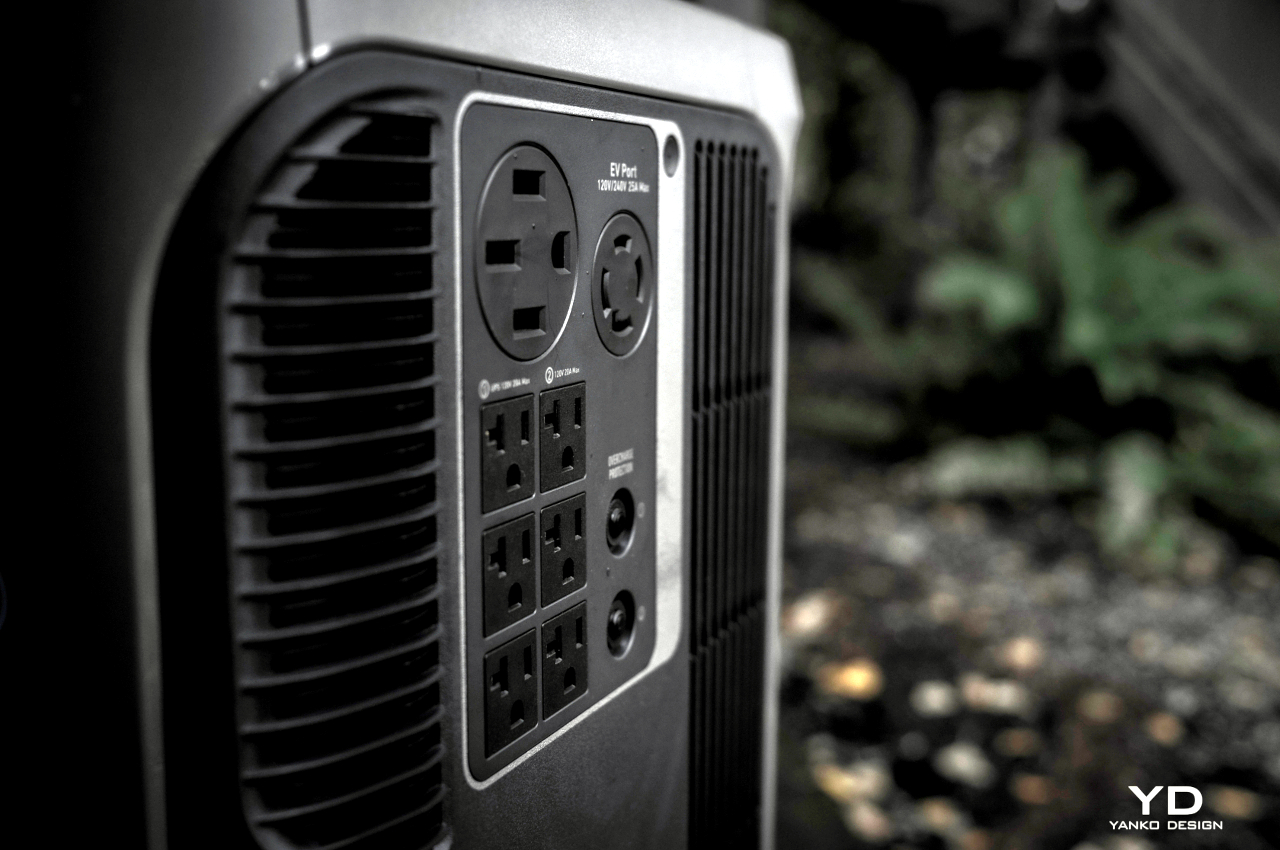
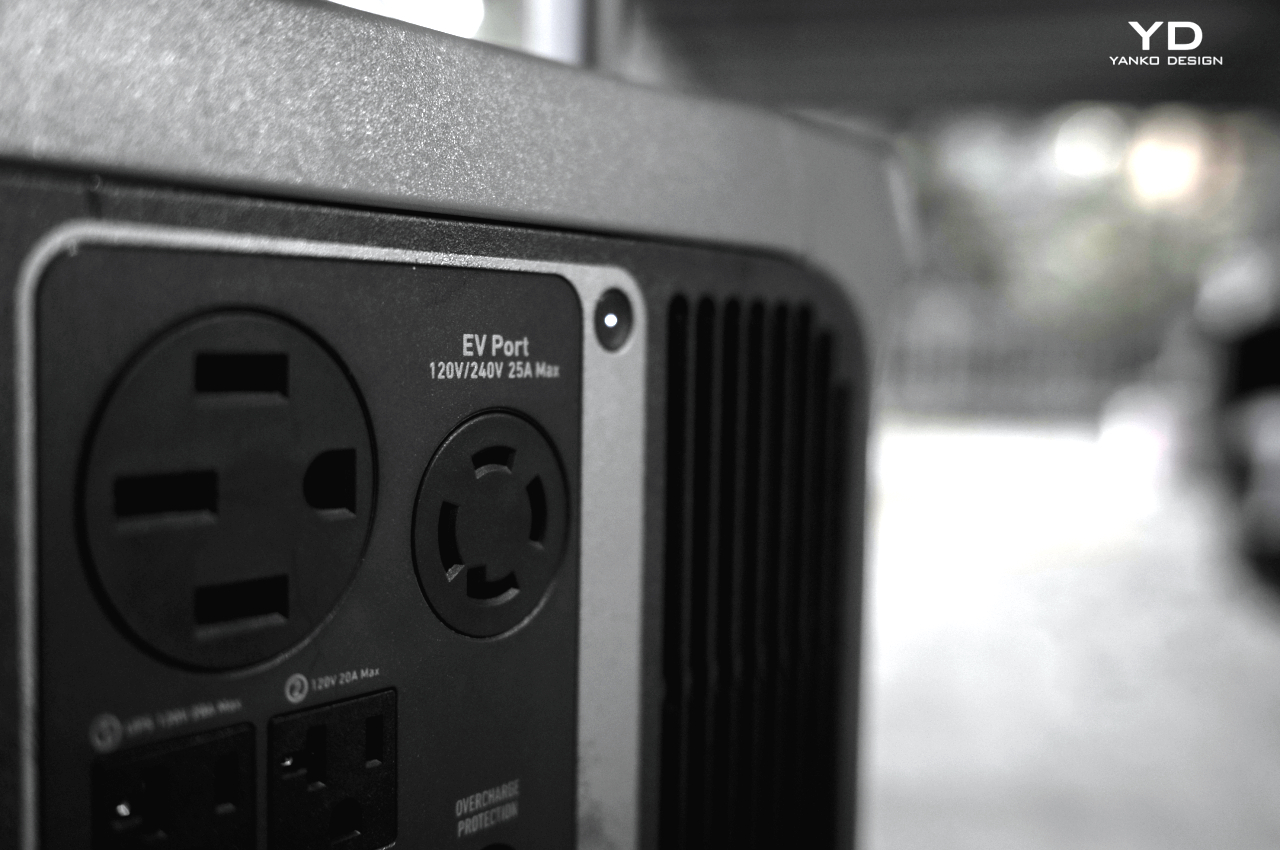
Luckily, the Anker SOLIX F3800 is also one of the most scalable power stations in existence. It comes with a base storage capacity of 3.8kWh, which is generally enough to power a 1500W space heater for about two and a half hours. Of course, that’s not enough to sustain heat throughout a multiple-day blackout like the one I experienced, but unlike other power stations, this device can be upgraded to 26.880kWh with all six expansion batteries installed. That’s at least enough to power the same heater for over a day.
If you wanna go even further and reach a staggering 53.8kWh of power storage capacity, you can go all-in and connect a second Anker SOLIX F3800 via the Anker SOLIX Double Power Hub. Alternatively, you can link two F3800 units together via the Home Power Panel. That sets the F3800 apart from its predecessor, the F2000, which had a comparatively meager capacity of 2kWh with only one slot for an expansion battery, totaling 4.09kWh. Just note you’ll need to invest in 12 expansion batteries to make the most of this system, and that could run you well into the tens of thousands.
Sustainability/Repairability/Durability
Anker is a respectable brand with a lot going for it, and that’s because it’s constantly pushing out high-quality, durable power banks and power stations. Its LiFePO4 (lithium iron phosphate) battery makes it notably longer-lasting than conventional lithium ion-based batteries used in older portable power tech; Anker promises at least 3,000 charge cycles up to 80% before this thing starts to die. That also enhances its sustainability rating by avoiding the use of cobalt and nickel. Plus, when you compare it to much larger and more expensive home power systems, it’s obviously a far more sustainable choice.
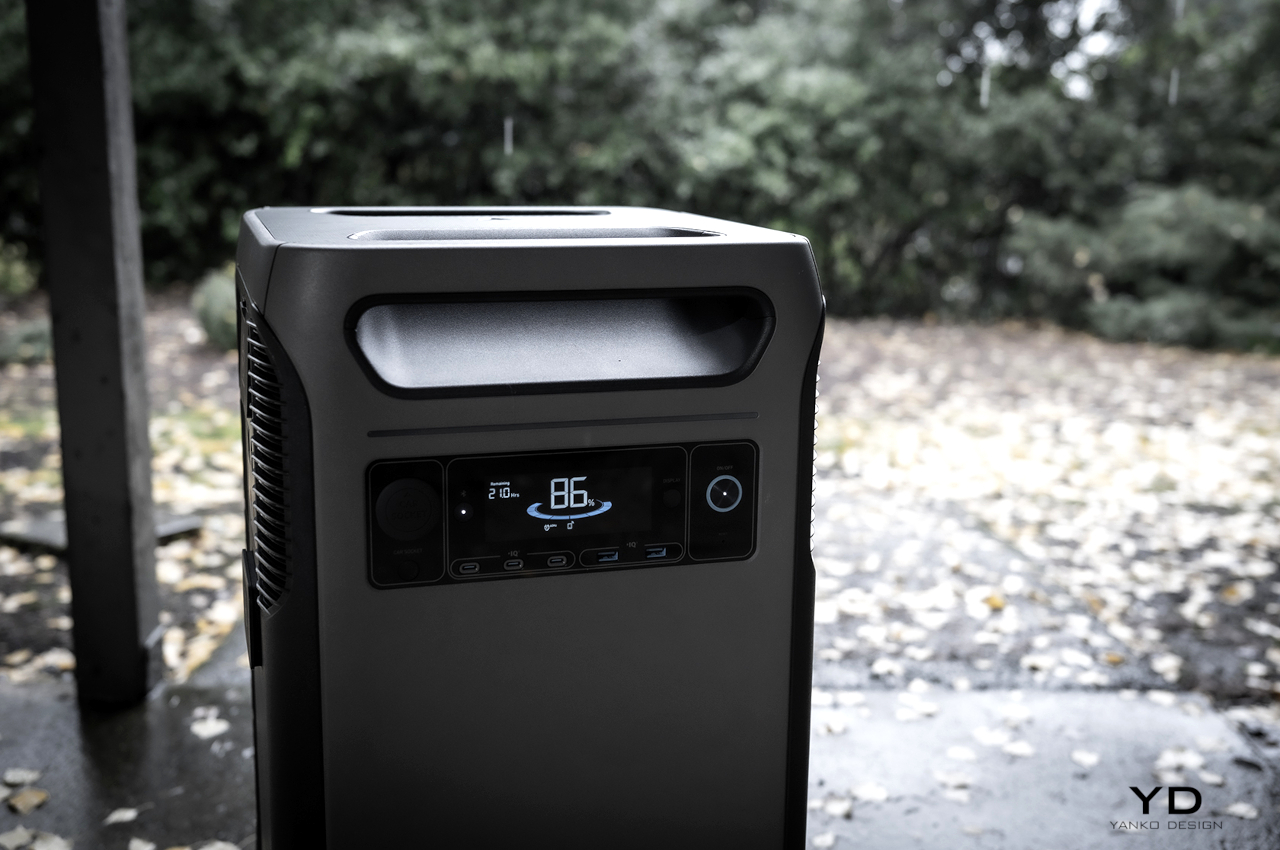
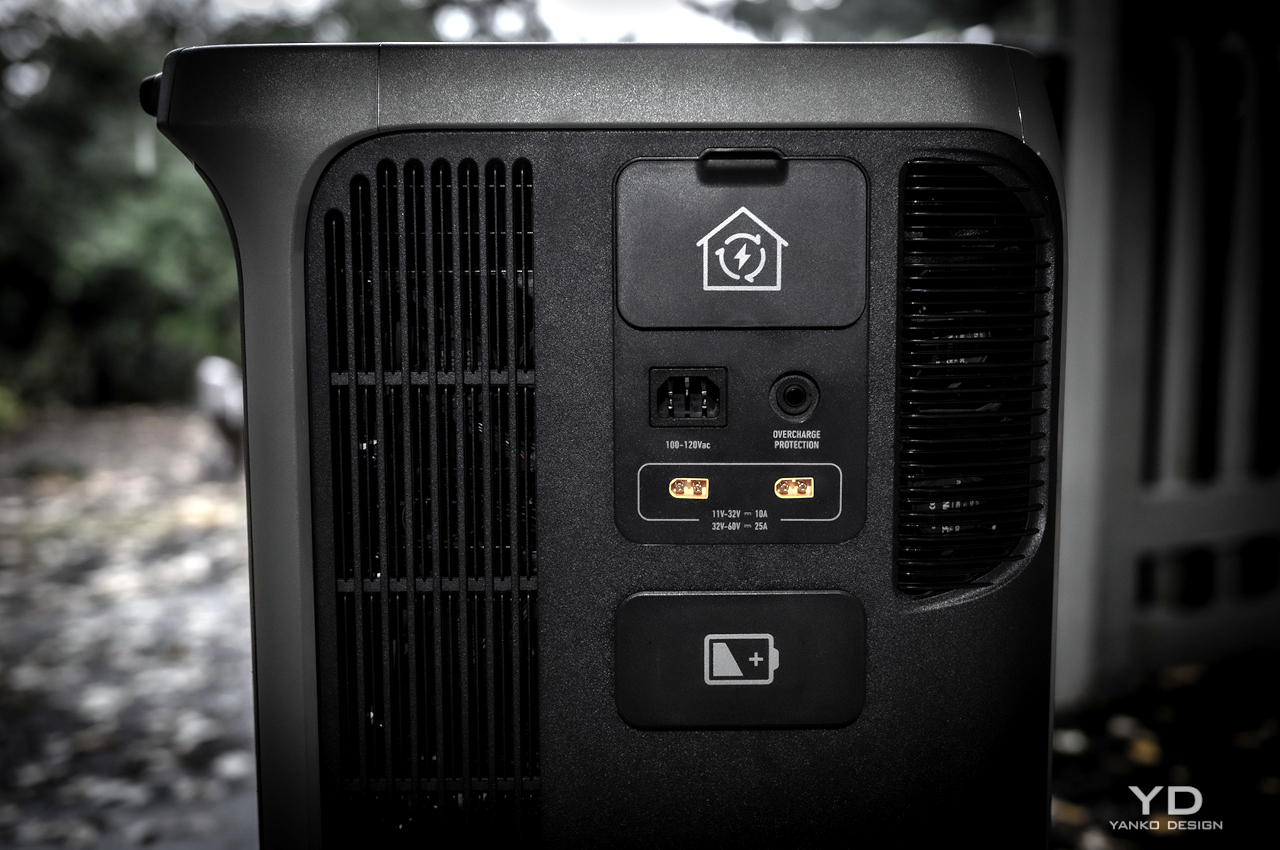
The need for separate hardware and additional batteries to get the absolute best utility out of the F3800 could absolutely be considered a drawback in terms of sustainability. But again, that’s not such a big deal when you realize a fully-upgraded Anker SOLIX F3800 system wouldn’t do nearly as much harm to the environment as legacy solutions with the same power output.
In terms of repairability, the F3800’s construction is complex and full of parts I don’t understand, and so I wouldn’t attempt to service it myself during a system failure. There are a few silver linings here: it comes with a 5-year warranty and is rated to work for 10 years or longer. Plus, it’s advertised as being simple for an electrician to set up and work with when coupling it with a house.
Value for Money
I’m iffy about making a hard call on the SOLIX’s value for its $3,999 MSRP (though there is currently a substantial discount of up to 35% off on Kickstarter on a number of Anker SOLIX F3800 deals — dropping the price of the standalone unit to $2,599, and giving excellent value on bundles including Anker’s 200W and 400W solar panels). On one hand, it’s pricier than the smaller generators, even though having the Anker SOLIX F3800 in my possession opens up more lifestyle options. The other reason is solar panels are still not widespread enough, even though you don’t really need solar panels to get the maximum value out of the F3800. Going in on an Anker SOLIX F3800 is making an investment into the future — especially since its heaviest-hitting feature is its ability to store a large quantity of solar power and convert that power into 240V AC output for home, RV, and EV usage.
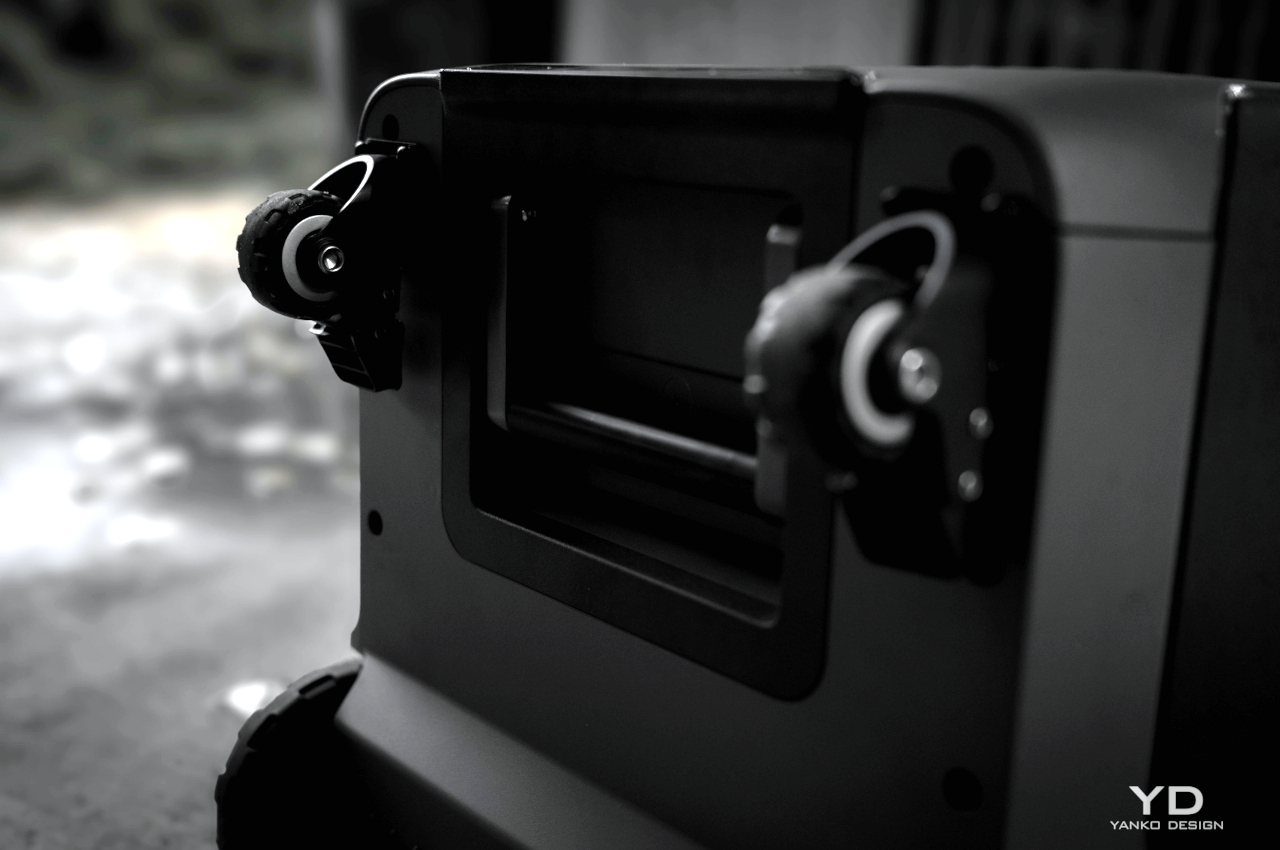
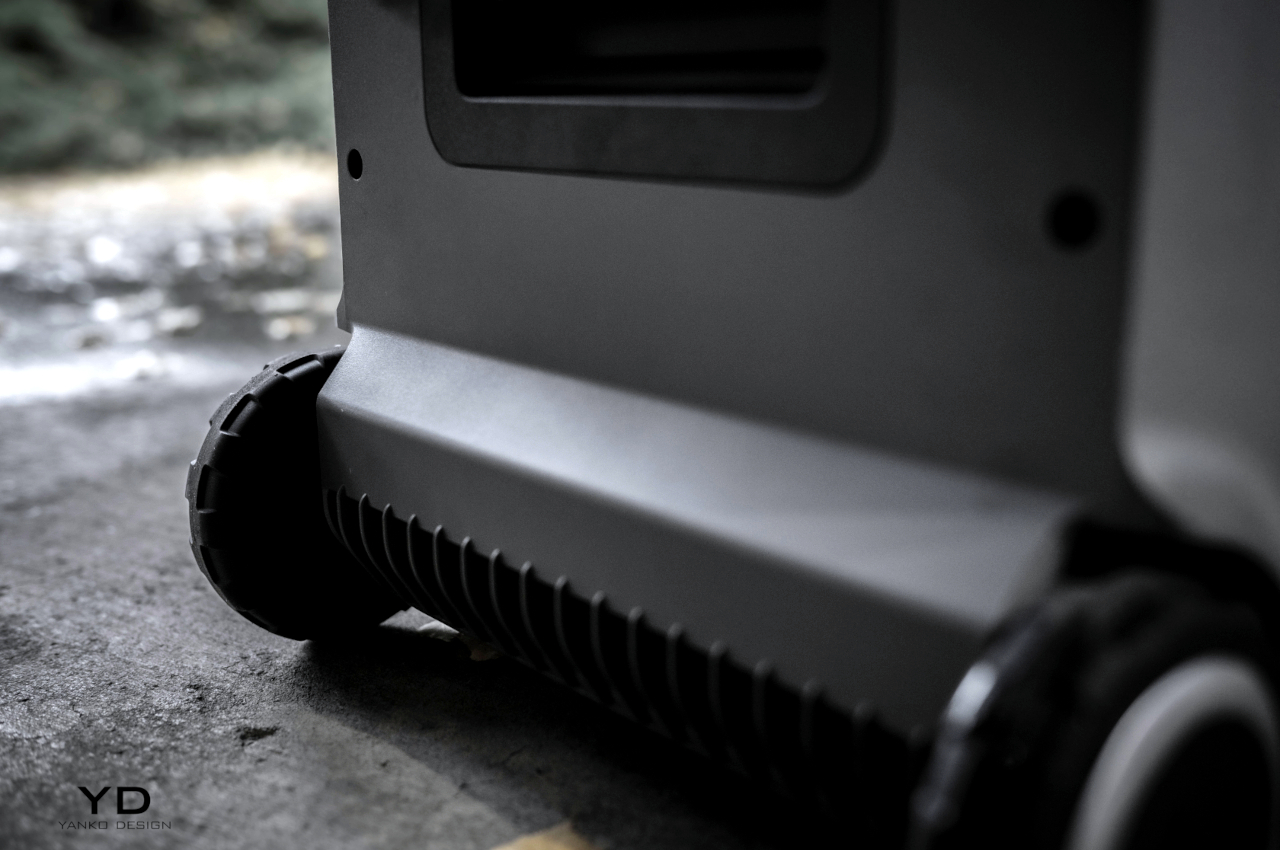
While its initial price is eye-watering (at least, for me), the potential benefit of saving money over a much longer time with a fully-equipped SOLIX system, solar panels and all, could make the expenditure worthwhile. Especially for those actually living in RVs and tiny homes where utilities are significantly more important to stretch out. And, even in the much shorter term for a suburban house dweller like myself, the SOLIX F3800 is a sturdy backup power source — its base 3.8kWh storage capacity and 6,000W AC output are enough to make camping trips and natural disasters more bearable.
Even if there’s no emergency need for power, and even if you don’t plan to upgrade your Anker SOLIX F3800 with all the extra bells and whistles, you can still roll it outside during a sunny day and use it like any portable generator. Plus, you don’t necessarily need a fully-equipped SOLIX system (with the home power panel and all) to recharge the F3800 with solar energy either. The home power panel is just a tool to help the F3800 access larger rooftop solar panels, and you don’t even need that to make good use of the SOLIX system. In fact, if you bring the F3800 outdoors, as long as you also bring a portable solar panel to recharge it, you can have sustainable green power to do virtually anything you’d use power for. This is because the F3800 can be recharged by connecting to almost any rigid or portable solar panel available on the market.
Verdict
The Anker Solix F3800 is a revolutionary next step in sustainable home power, though it may not become a daily power source until you start buying solar panels. Thankfully solar is getting cheaper, and that’s certainly not the only reason you’d want to get one. This is the most future-proofed portable power station on the market right now, thanks both to its incredible portability for a home power system as well as its overwhelmingly strong performance. I love its 6,000W~12,000 and 120/240V AC output capabilities, its 53.8kWh maximum power capacity, and its ability to recharge itself via solar panels (up to 2,400W via XT-60 input) and then channel that same power into a house, an RV, an electric vehicle, or just about any appliance I can think of. That all means it meets the electricity needs of many day-to-day users, and its ability to provide a large dose of backup power during a disaster makes it a critical piece of equipment to have around. Plus, it’s simple and easy to use — requiring zero technical knowledge to charge it from a wall outlet or begin using it as a portable backup power generator. That all represents a meaningful push into the future, especially considering its first-in-class 240V AC power coupling makes it a direct competitor to home power systems that weigh significantly more and are significantly less portable. But when you want to use it like a portable backup generator, you can power it with any electricity source and it produces no emissions. That makes it a standout choice for homeowners seeking a reliable backup power source that’s both portable and versatile.
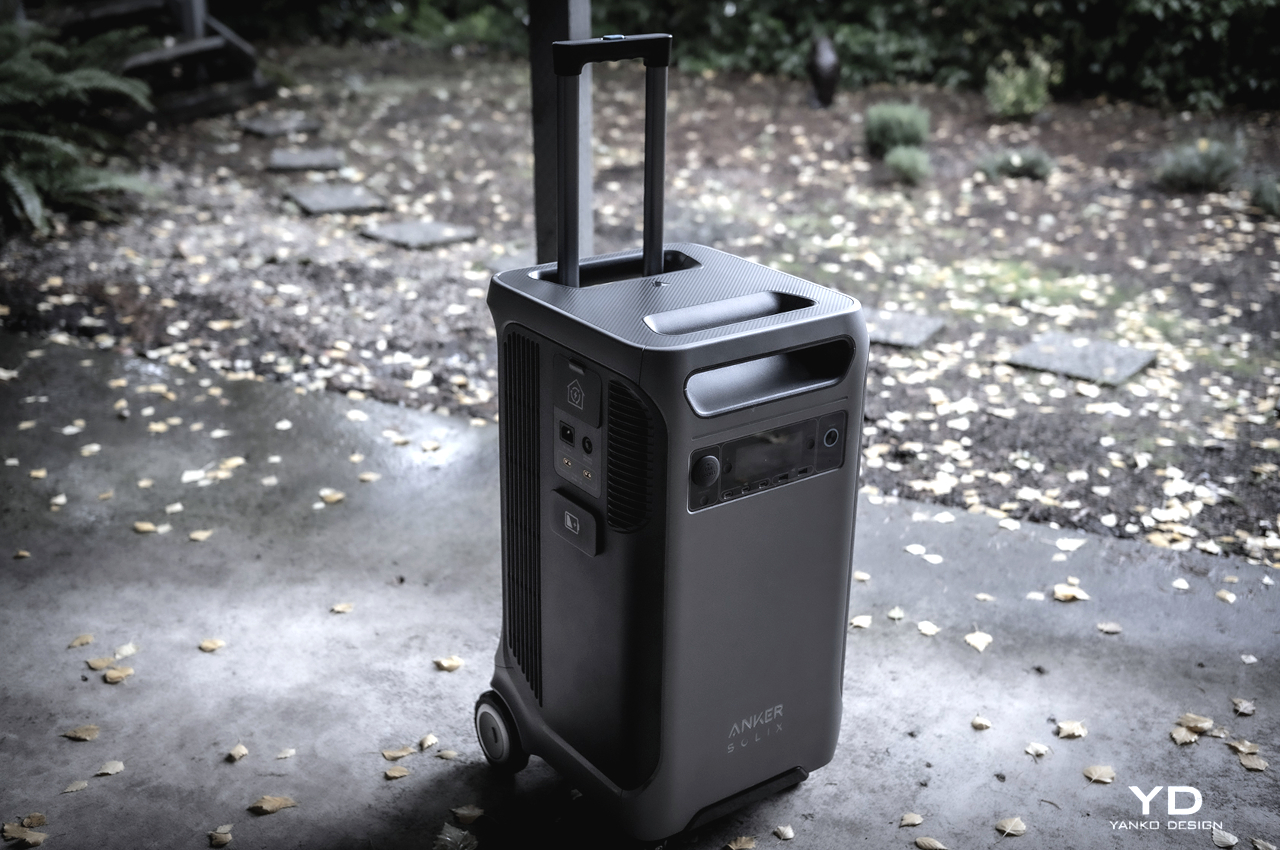
The post Anker SOLIX F3800 Review: An Absolute Unit first appeared on Yanko Design.